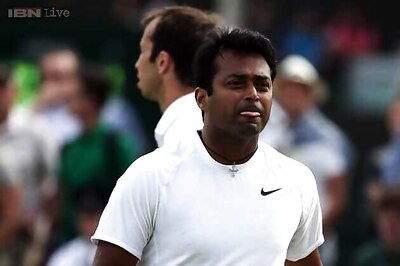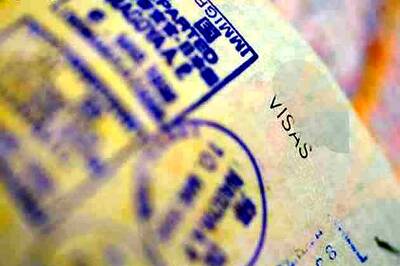
views
In history, very few nations can boast of having a journey as monumental as India’s. We were once considered to be sone ki chidiya few centuries ago, we lived as a British colony for few centuries, and then we became known by the western world as ‘the land of snake charmers’ and are now considered being a potential superpower.
Yet, India continues to be a land of contrasts. Our GDP is growing at a rate of 9%, yet there are places which remain decades or even centuries backwards. Businessmen are entering into exclusive club of world’s richest men, yet a fourth of the population lies below the poverty line. We have 5 star hotels coming up, yet there are hordes of people who cannot afford even a square meal per day. We are so proud our culture, yet caste system is rampant.
Election battle lines are more often than not drawn on basis of caste and religion. We worship Goddess Laksmi, yet a large chunk of people show disregard for wealth by evading taxes. We have some of world’s finest academic institutions, yet a third of our population is illiterate. We have one of the largest English speaking populations in the world, yet many can’t write their names properly. We are the biggest democracy, yet accountability in public domain has left a lot to be desired. We often rest on our past laurels, but often let it become a hurdle in moving ahead.
I can go on and on in mentioning these contrasts. But the truth remains that although a part of India is ready to take-off to match the world, a bigger part is fighting just to survive. Even if we become a developed country some differences will be present, but this divide needs to be bridged if we want to become a superpower. Post independence Nehruvian socialism was considered to be the best way, but after decades of license raj and infinite restrictions and xenophobia and a growth rate which we can hardly be proud of, we have opened our economy and results seem to be quite encouraging.
Yet there have been many areas where our performance has been far from satisfactory, and this need to be looked into. The main emphasis must be on primary education and infrastructure. Primary education scenario in India has been quite dismal, and with a very high school dropout rates. But in order to bring people from ‘have-nots’ to ‘haves’ we need to firstly get the basics right.
Helping them in later stages of education, say at post graduate level or at job level may not serve the purpose as it may lead to undermining merit and also, such a person is likely to do not so well considering a relatively weak foundation. The building blocks must come at a more elemental level.
Secondly, Infrastructure needs to be developed. It includes chiefly power, roads, ports, airports and IT (have I missed out any!!!). A bad infrastructure may prove to be a bottleneck and be the difference between an industries doing well and not well. Also, a good infrastructure will definitely have a ‘spiraling’ effect on other sectors of economy. Apart from these there are many other issues which need to be tackled like reducing the proportion of people dependent on agriculture for living, a good healthcare system, an effective fourth estate etc etc.
Unless we stop resting on past laurels, unless we work on our grey areas, which have shown a slow progress, we cannot dream of becoming a superpower. (Quite likely that you might have read these earlier in these very columns, but this is what I think as a citizen of India)
(Nikesh Rathi is a student at IIM, Lucknow)




















Comments
0 comment